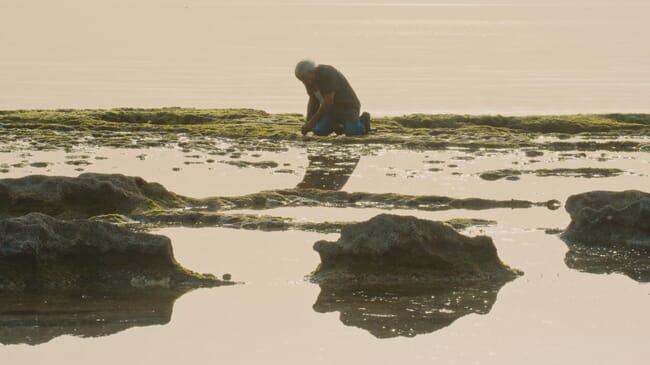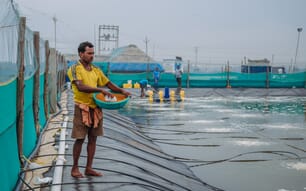
© Genome British Columbia
Faecal pollution in British Columbia’s coastal environments poses a significant risk to public health and seafood producers, with prolonged closures of shellfish harvesting areas and public beaches occurring where contamination is detected.
Whilst current surveillance methods for marine faecal pollution can detect the contamination itself, identifying the source of the pollution is beyond the scope of the framework, making the process for restoring use for beaches and shellfish harvesting areas longer than necessary.
Aiming to address this, researchers from the University of British Columbia and the BC Centre for Disease Control are set to undertake the Genomic Ecological Microbial Source Tracking for Oceans Nature and the Environment project, or GEMSTONE for short.
“We need a better way to identify the sources of faecal pollution in marine waters,” said Dr. Natalie Prystajecky, a project co-lead from UBC, in a press release announcing the project.
“Currently, when contamination is detected, harvesting areas are closed quickly. Often, the source of contamination is not known, which means there is no mechanism to prevent the contamination from happening again,” she added.
During the two-year project, the researchers seek to improve how faecal pollution sources in marine waters are monitored and identified. To achieve this they will develop new methods for using genomic-derived technology to determine the type and origin of faecal contaminations through a two-step microbial source tracking test. The first step distinguishes between human and non-human contamination, with the second determining which animal is the source.
The BC Shellfish Growers Association and the Malahat Nation are partners on the project, as the researchers aim to empower local communities to gain greater control and implement better management options to respond to contamination.
The shellfish industry is a vital part of the local economy in the Comox to Deep Bay region, which produces up to 70 percent of BC’s oyster production. Permanently addressing contamination sources will help First Nations remove long term barriers that disproportionately affect their economy, food sources and ceremonial harvesting.
“The real value here is consumer confidence in the industry,” said Suzanne Gill, President and chief executive of Genome BC, which is funding the project.
“The precision of these tests will serve as an early warning system so that we can improve the safety and viability of BC’s shellfish industry,” she concluded.




